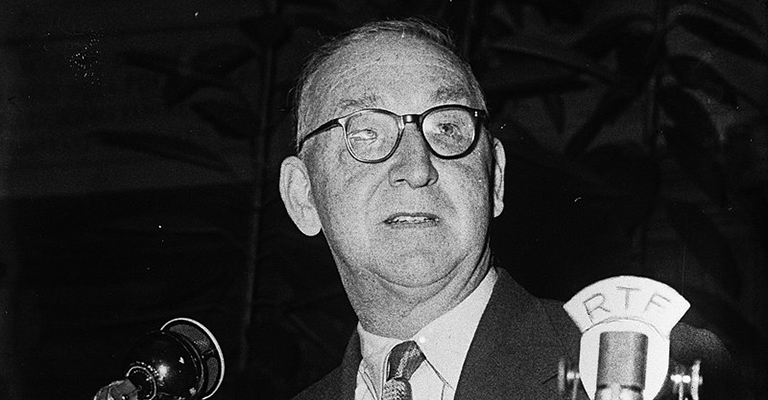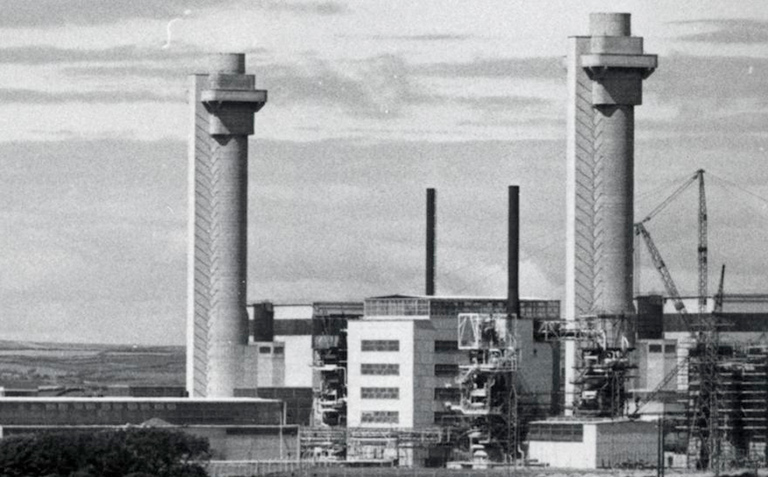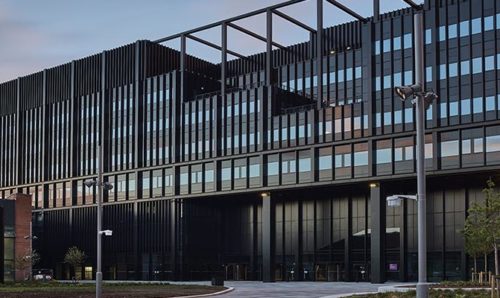Sir John Cockcroft: Nobel Prize winner… and averter of nuclear disaster?
Heritage 17th June 2020
Cockcroft. It’s a name held in great esteem not only here at The University of Manchester, but throughout the country and around the world.
Winner, alongside Ernest Walton, of the Nobel Prize in Physics in 1951 – for pioneering the use of particle accelerators in the study of the atomic nucleus – Sir John Douglas Cockcroft was a renowned British physicist who was instrumental in the development of nuclear power.
But did you know that his actions once helped to prevent a nuclear accident from becoming an even bigger disaster?
Here we look at the life of John Cockcroft, a modest, unassuming man whose ‘folly’ prevented devastation across the north of England.

Born in Todmorden, West Yorkshire in 1897, Cockcroft – also known as ‘Johnny W’ – won a scholarship to the Victoria University of Manchester in 1914, studying mathematics under renowned mathematician Sir Horace Lamb.
That year, of course, marked the beginning of World War I. Cockcroft would complete his first year at Manchester and then, in 1915, enlist in the British Army. He trained as a signaller and was involved in the Advance to the Hindenburg Line and the Third Battle of Ypres.
When he returned to Manchester after the war, it was to the Manchester Municipal College of Technology (later the college became UMIST, which in 2004 merged with the Victoria University of Manchester to form The University of Manchester as we know it today). He studied electrical engineering before going on to study under Ernest Rutherford – another stellar name in physics with links to The University of Manchester – at the University of Cambridge.
Under Rutherford’s supervision, Cockcroft and fellow student Ernest Walton built what became known as the Cockcroft-Walton generator, and in 1932 they used this circuit design to power their particle accelerator and perform the first-ever artificial nuclear disintegration – commonly known, albeit controversially, as ‘splitting the atom’.
Cockcroft and Walton were awarded the Hughes Medal in 1938; the Nobel prize would follow in 1951.
‘Cockcroft’s Folly’
Perhaps less well-known is the role Cockcroft played, in 1957, in helping to avoid nuclear catastrophe.
Today the Sellafield nuclear site in Cumbria is being decommissioned, a long process likely to last around 120 years, and The University of Manchester is leading Sellafield Site Futures, a project that considers Sellafield’s possible end states and implications.
But back when the site – then known as Windscale – was being developed in the late 1940s, Cockcroft would insist on an additional safety layer that would, ultimately, prove crucial.
As director of the Atomic Energy Research Establishment, Cockroft heeded the warnings of Terence Price, a physicist working on the project, and demanded that the chimney stacks of the site’s plutonium production reactors be fitted with high-performance filters. The call was made last minute and at significant cost. Because the two chimney stacks were already built, the filters had to be constructed on the ground and winched into position. It was a difficult, expensive operation.
That, and the final shape of the chimneys – tall and thin, with a bulbous structure near the top – led to the filters being dubbed ‘Cockcroft’s Folly’.
But folly it was not.

The Windscale fire
On 10 October 1957, a fire broke out in reactor one, and uranium fuel cells ignited with the blaze. The fire would burn for three days and escaped radioactive material spread across the UK and Europe.
It was the worst nuclear accident in Britain’s history. The effect could have been much more devastating, however, were it not for Cockcroft’s ‘folly’.
The filters, installed at Cockcroft’s insistence, are believed to have caught about 95% of the radioactive dust that formed. Had they not been built, it is no exaggeration to suggest that a large part of the surrounding area – including the Lake District – might be inaccessible today. The north of England, in effect, could have become wasteland.
Despite complaints, even ridicule, from engineers on the site, Cockcroft’s persistence paid off. Foresight had replaced folly.
Sir John Cockcroft is today remembered as a man who helped shape the modern age, doing so in an understated way. He was respected and trusted, and did what he felt was right.
The story of ‘Cockcroft’s Folly’ is testament to that.
If you enjoyed this post, be sure to subscribe on our homepage to keep up to date with the latest posts from The Hub.
Words: Joe Shervin
Images: Nobel Foundation, Anefo, Energy.gov
Dalton Nuclear InstituteElectrical and Electronic EngineeringheritagehistoryMathematicsNuclearPhysics and Astronomy




